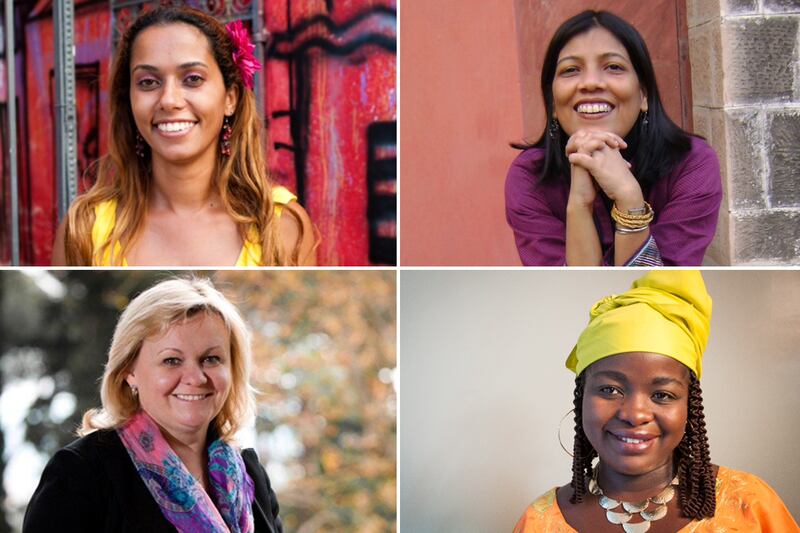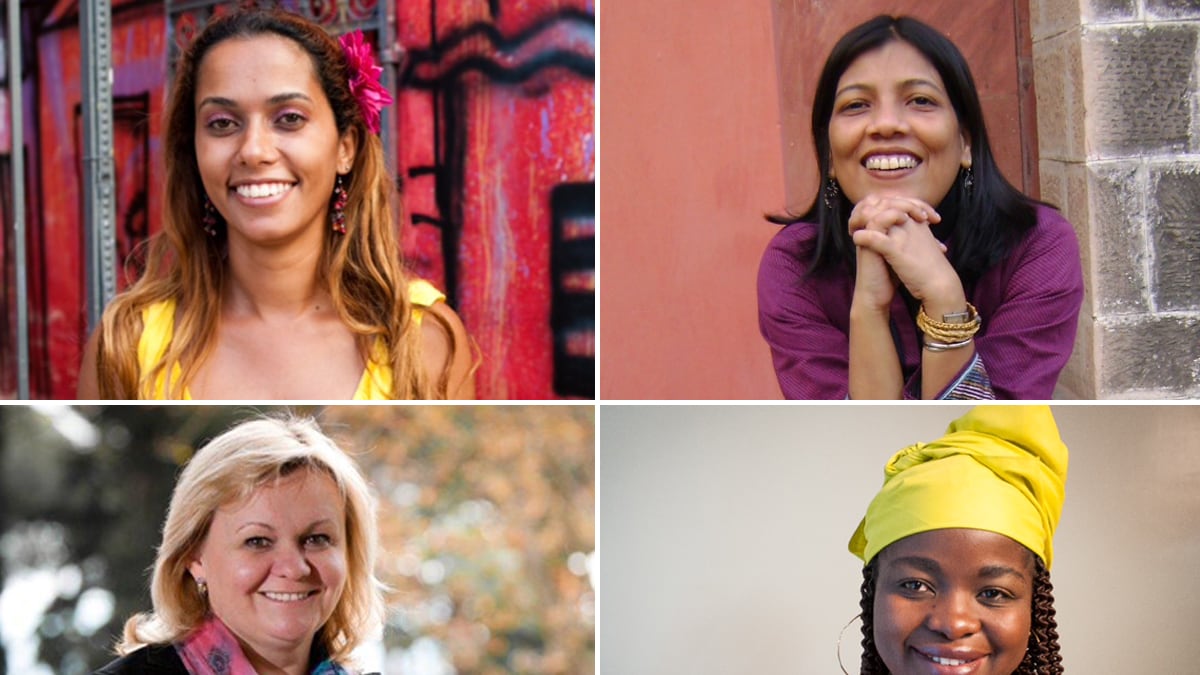This week in New York, the U.N. Commission on the Status of Women is convening global delegates for its annual meeting. The priority this year? The prevention and elimination of all forms of violence against women. Executive director of U.N. Women Michelle Bachelet has flatly declared: “Enough is enough.”

The world is watching. How are we going to address violence effectively, sustainably, and in a way that preserves freedom and returns stolen dignity to the women and girls of the world?
We need to look outside the box. Far outside. The real solutions lie on the periphery, in creative minds and unusual alliances.
Because when it comes to violence against women, there is no “typical” victim; the risk factor is simply being born female. There is no generation, race, culture, or socioeconomic group whose women and girls are immune to violence in its many forms: domestic violence, sexual assault, human trafficking, and harmful traditional practices. One of the most widespread violations of human rights, violence against women will directly impact one in three women living today, according to United Nations estimates.
If we have any hope of breaking through, we need to engage with bold thinking and new partners.
Some of the most visionary women we know are innovators who prevent violence against women, provide for survivors and those at risk, and proactively change culture that condones or ignores the exploitation of women and girls.
These women prove that creative, bold-minded individuals can do so much to stop this epidemic. But they also need the support of legislation and a fair judiciary. The Avon Global Center for Women and Justice at Cornell Law School is just one innovative program working with women judges across the globe to improve access to justice and eliminate violence against women and girls.
Indeed, to create a world where women and girls are safe from violence and exploitation, we need to align human-rights defenders, politicians, the business world, and the diplomatic community around practical, creative solutions. We can’t afford to wait any longer. It’s time we invest in women who are leading solutions on the ground and create a safer world for all.






